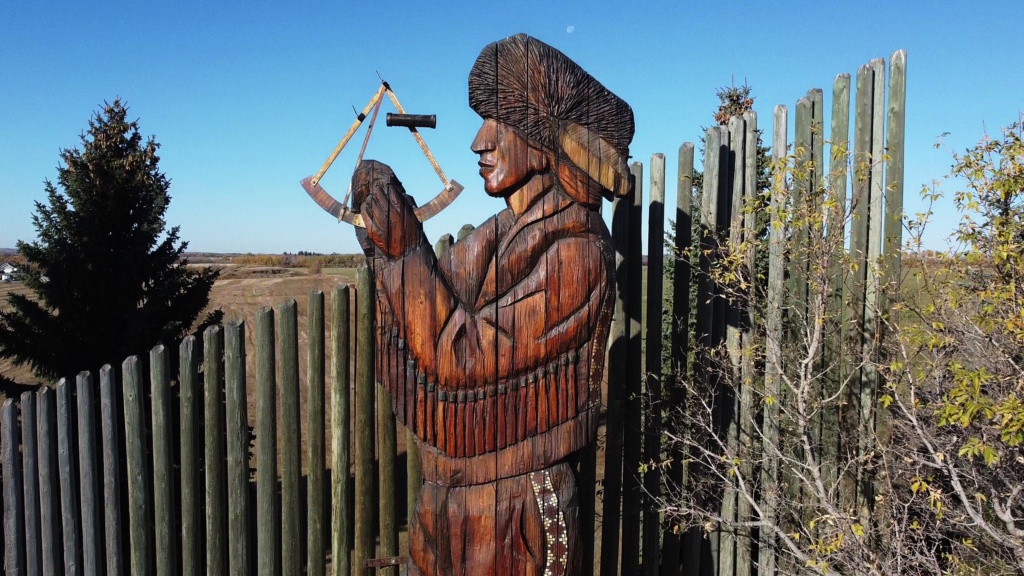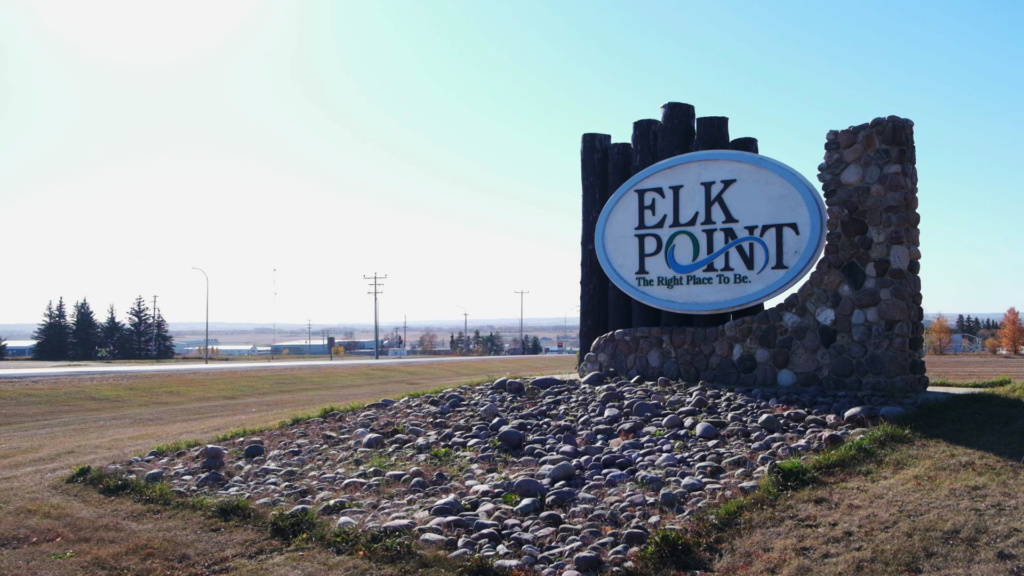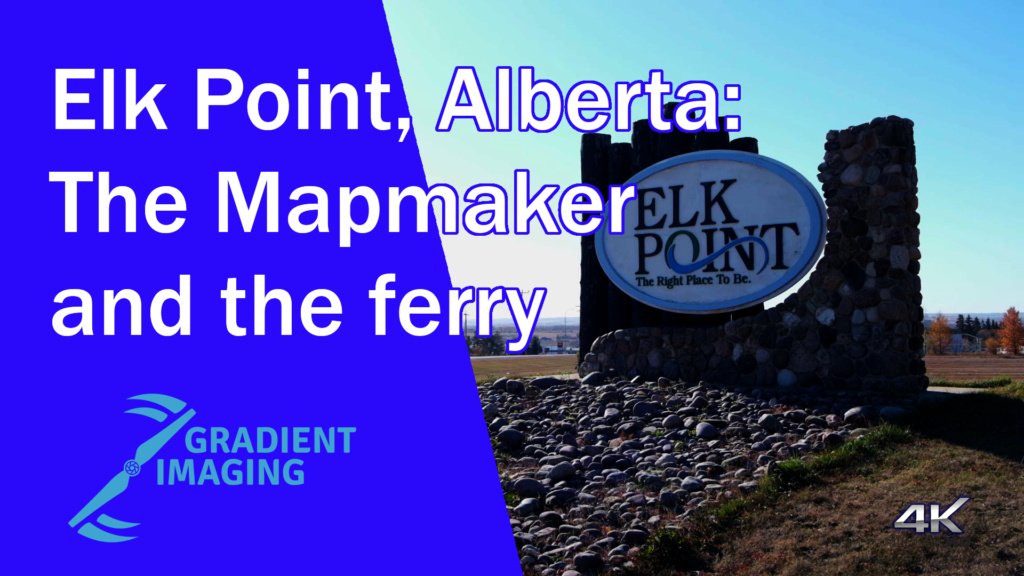If you’re driving north on Highway 41 toward Elk Point, you’ll see him before you see the town—a 32-foot wooden figure carved from massive beams, standing in front of an oversized stockade fence. Most people have no idea who he is. His name was Peter Fidler, and he’s the reason we have maps of Western Canada.

Elk Point sits where it does because of the North Saskatchewan River, but the river mattered long before the town existed. In the 1790s, Fidler was one of the Hudson’s Bay Company’s lead surveyors, travelling thousands of miles across the western interior, charting rivers and documenting the land. Just a few miles from here, Fort George and Buckingham House were established in 1792 as competing fur trade posts. Fidler knew this stretch of river. He mapped it. And because he did, settlers a century later would know where to go.
By the early 1900s, homesteaders were flooding into northeastern Alberta. They came because the land had been surveyed, because they could file claims with confidence, because someone had already done the work of understanding the geography. But the river was still a barrier. No bridge, just water that needed crossing. So in 1906, a ferry service started running right here, and almost immediately, a town began to grow around it.
The ferry wasn’t much—just a platform hauling grain, livestock, and people back and forth. But it became the town’s heartbeat. By 1908, there was a post office. By 1910, a general store. Elk Point was incorporated in 1913, though the railroad didn’t arrive until 1928. The town had already settled into its role as a quiet agricultural hub by then.

The ferry ran for 46 years. When the bridge was finally built upstream in 1952, the crossing shut down, but the street layout stayed the same—bent toward a landing that no longer existed. You can still see it today if you look at a map. The roads lean toward the river like they’re waiting for something that’s never coming back.
The Peter Fidler statue was built in 1992 to mark the bicentennial of those fur trade posts and to honour the man who made sense of this landscape before anyone else. It’s enormous, impossible to miss, and most people probably drive past without knowing the story. But it’s worth stopping for. Because without Fidler’s maps, the homesteaders wouldn’t have known where to settle. Without the ferry, the town wouldn’t have formed. And without both, Elk Point would just be another stretch of river.
Today, the co-op still hums during harvest. The hockey arena fills up in winter. It’s quiet in the way small prairie towns are quiet—steady, unassuming, still shaped by the river that runs through it.
The mapmaker gave us the knowledge. The ferry gave us the town. And the streets are still pointing to where it all began.

